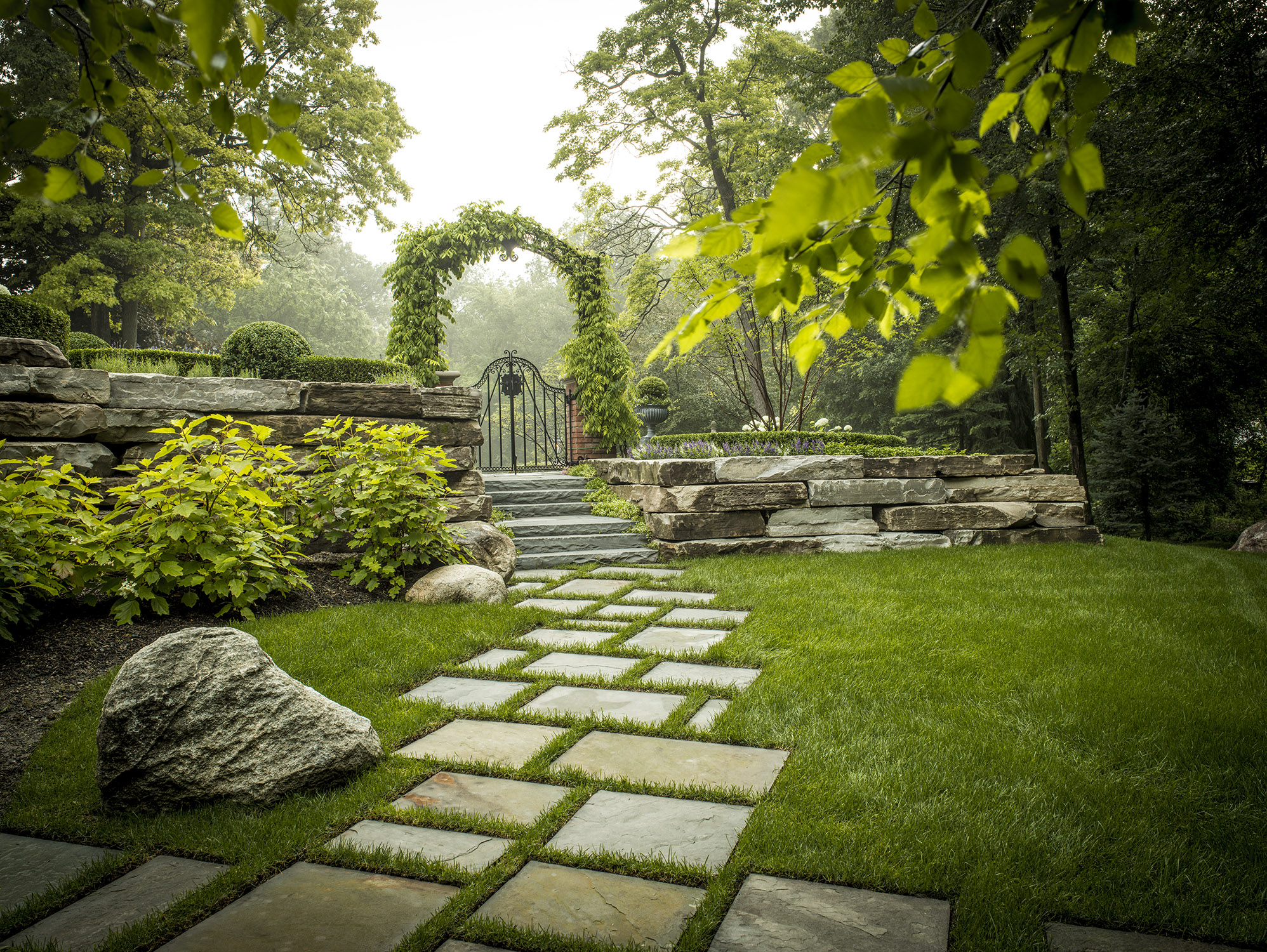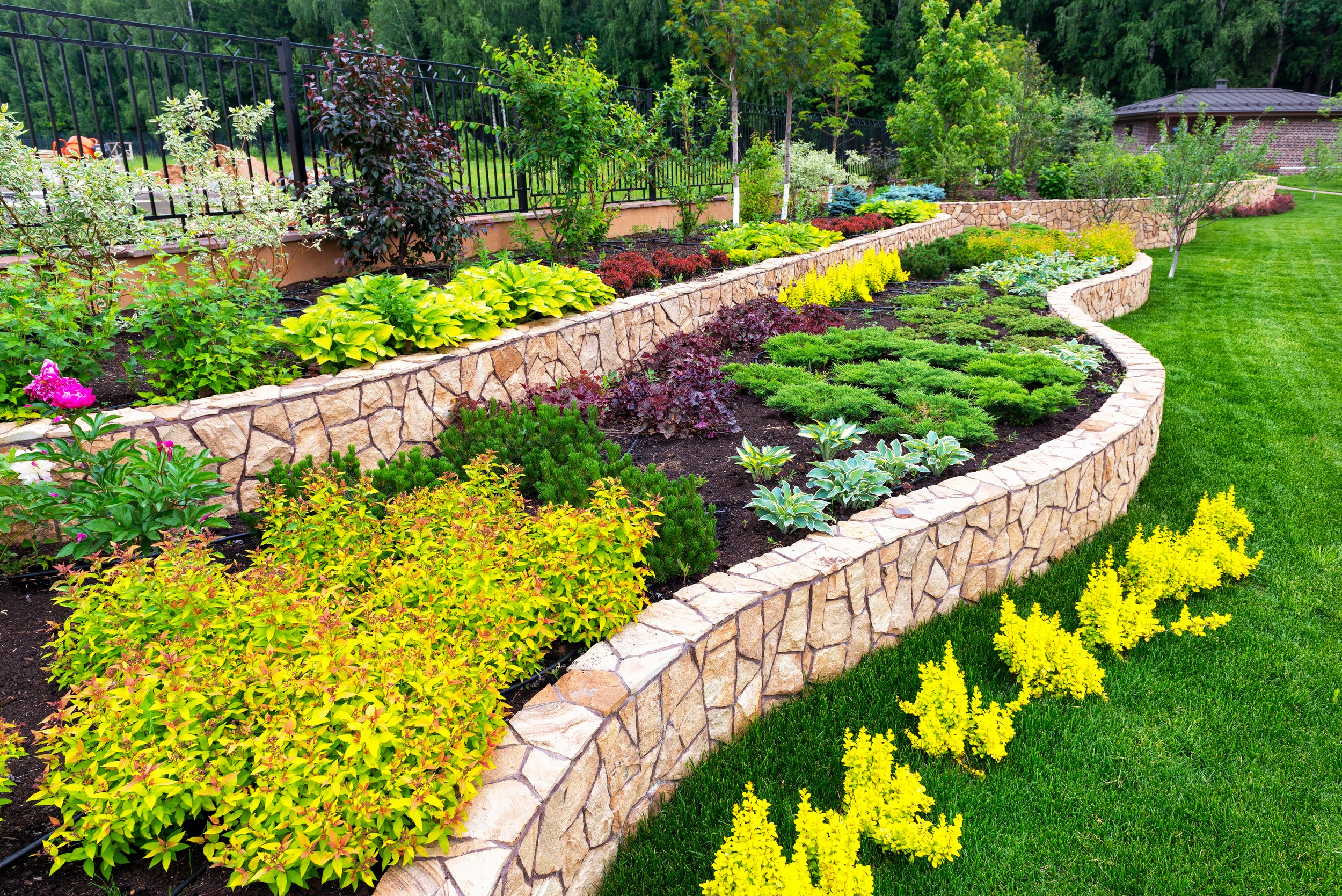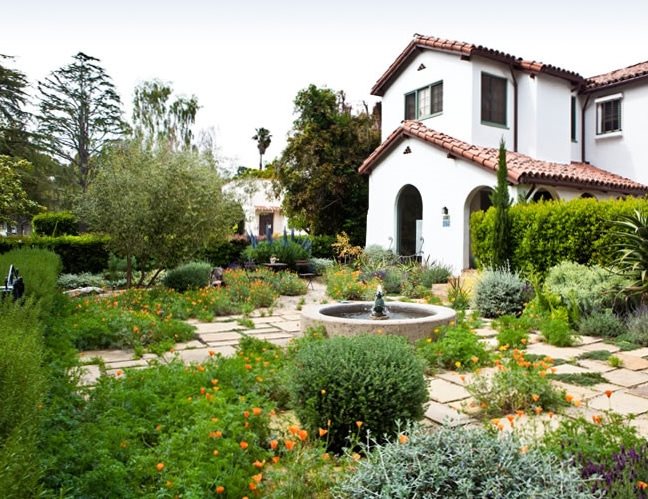The Definitive Guide for Hilton Head Landscapes
Rumored Buzz on Hilton Head Landscapes
Table of ContentsThe Ultimate Guide To Hilton Head LandscapesThe Single Strategy To Use For Hilton Head Landscapes6 Simple Techniques For Hilton Head LandscapesThe Of Hilton Head LandscapesThe Definitive Guide for Hilton Head LandscapesNot known Facts About Hilton Head LandscapesHilton Head Landscapes Things To Know Before You BuyHilton Head Landscapes - The Facts
Type compatibility is additionally a major part of unity in designone or more strikingly different types benefit contrast and focus, yet generally all various other kinds must have some resemblances for an unified look. Appearance describes just how crude or great the surface of the plant or hardscape product really feels and/or looks.
Instances of plants with rugged texture consist of philodendrons, agaves, bromeliads, hollies, palms, and hydrangeas. Hardscape with coarse structure includes rough-cut rock, rough-finished block, and unfinished wood with knots and an elevated grain. Aged or old building material that keeps a weather-beaten surface is frequently coarse in appearance. Qualities that develop great texture consist of small vegetation; thin, strappy fallen leaves (turfs) or high, thin stems; little, dense twigs and little branches; long stems (creeping plants); and little, delicate blossoms.
Facts About Hilton Head Landscapes Uncovered
A lot of plants are moderate appearance, in that they can not be called having either crude or great texture. They are defined by medium-sized fallen leaves with straightforward forms and smooth edges. The average-sized branches are not densely spaced nor widely spaced, and the general type is typically rounded or mounding. Medium-textured plants act as a background to link and unify the coarse- and fine-textured plants.

To make an area really feel smaller, put the rugged appearances along the external border and the great appearances closest to the visitor. The information of the crude appearance makes the plants show up closer and makes the room really feel smaller. The viewed appearance of plants can likewise alter with the range from the plant.
The Greatest Guide To Hilton Head Landscapes
Strong colors raise the comparison and make the structure appear coarser, while low-key shades can flatten texture. Hardscape with a crude texturesuch as extremely rough rocks and vibrant, big timberstends to make all plant material appear more moderate distinctive. Developers often establish a texture research study (Figure 8) theoretically to help decide the setup of plant materials.
Color in plant product and hardscape adds passion and variety to the landscape. Color is the most obvious aspect in the landscape and is generally the focus of most home owners; however, it is additionally the most temporary component, usually lasting only a couple of weeks a year for individual plants.
The Definitive Guide to Hilton Head Landscapes
An easy summary of the shade wheel consists of the 3 primary colors of red, blue, and yellow; the three secondary colors (a mix of 2 primaries) of green, orange, and violet; and six tertiary colors (a mix of one nearby main and second color), such as red-orange. Color theory clarifies the relationship of colors to each other and exactly how they ought to be utilized in a structure.

Analogous (often called unified) color schemes are any 3 to five shades that are surrounding on the shade wheel, such as red, red-orange, orange, yellow-orange, and yellow, or blue, blue-violet, and violet (landscapers in bluffton sc). The colors relate to each various other because they generally include 2 primary colors blended to create a secondary and 2 tertiary shades, which means they share common residential properties
Complementary shades are typically discovered naturally in flowers; a common set is yellow and violet. Shade is located in the blossoms, vegetation, bark, and fruit of plants.
10 Simple Techniques For Hilton Head Landscapes
Eco-friendly vegetation in all its different tones is the dominant shade by amount, however various other colors catch attention quicker because of their high comparison to the color eco-friendly. Shade is additionally found in buildings, rocks, pavers, timber, and furnishings. A lot of colors in natural products, such as rock and wood, are generally low-key and tend to be variants of brownish, tan, and pale yellow.
Shades have residential or commercial properties that can influence feelings, spatial assumption, light top quality, equilibrium, and emphasis. Cool colors tend to be calming and need to be made use of in locations for relaxation and calmness.
A Biased View of Hilton Head Landscapes
The "temperature level" of colors can likewise impact the understanding of range. Amazing colors tend to decline and are viewed as being further away, making an area really feel larger. Warm colors tend to advance and are regarded as being better, making a room feel smaller sized. Color can also be used to capture attention and straight views.
For instance, brilliant yellow, which has the highest strength, additionally has a high contrast with all various other colors (often referred to as a "pop" of color) and must be used moderately. A tiny amount of intense shade has as much aesthetic weight as a large amount of a more restrained or weaker color.
Similar (in some cases called unified) color design are any 3 to 5 shades that are surrounding on the shade wheel, such as red, red-orange, orange, yellow-orange, and yellow, or blue, blue-violet, and violet. The colors are associated to every various other due to the fact that they generally consist of 2 primaries mixed to create a second and 2 tertiary shades, which means they share common homes.
The Best Guide To Hilton Head Landscapes
Complementary shades are usually discovered normally in flowers; a common pair is yellow and violet. Shade is discovered in the flowers, vegetation, bark, and fruit of plants.
Eco-friendly foliage in all its various tones is the dominant shade by amount, however various other shades capture focus quicker as a result of their high contrast to the color green - landscaping hilton head sc - https://www.twitch.tv/h1tnhdlndscps/about. Shade This Site is additionally discovered in buildings, rocks, pavers, timber, and furniture. The majority of colors in all-natural materials, such as rock and wood, are commonly muted and often tend to be variations of brownish, tan, and pale yellow
Not known Facts About Hilton Head Landscapes
Shade is a crucial component for creating rate of interest and selection in the landscape. Shades have homes that can affect emotions, spatial understanding, light high quality, equilibrium, and focus. One home of shade is defined relative to temperaturecolors appear to be great or cozy and can influence feelings or sensations. Cool colors tend to be calming and ought to be utilized in areas for relaxation and calmness.
The "temperature level" of shades can additionally impact the understanding of distance. Cool colors tend to decline and are viewed as being farther away, making a space really feel bigger. Warm shades often tend to breakthrough and are viewed as being better, making a room feel smaller. Shade can additionally be utilized to catch attention and straight sights.
Bright yellow, which has the highest strength, likewise has a high comparison with all various other colors (frequently explained as a "pop" of shade) and need to be used moderately. A percentage of extreme color has as much visual weight as a huge amount of a more restrained or weaker shade.